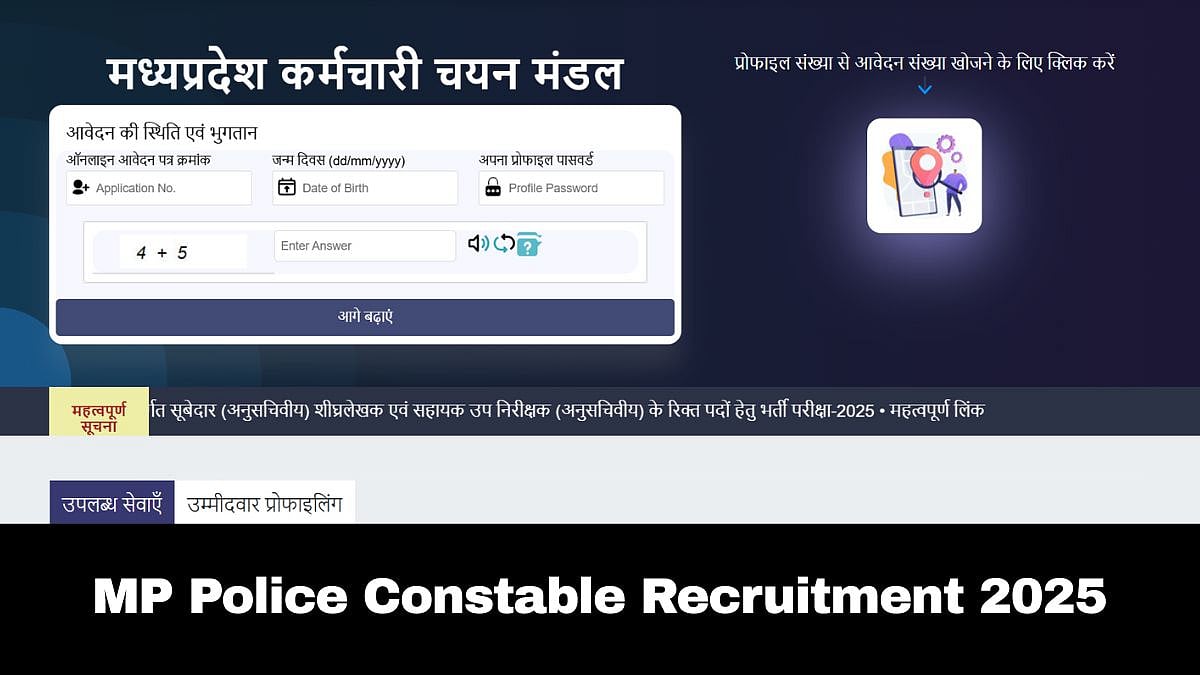For many shoppers and consumers in India, the label on food products is an afterthought when it comes to the shopping experience. We look for discounts and expiry dates and attractive logos but rarely stop to actually know what the fine print is telling us. However, due to the escalating risks to public health and the realities of lifestyle diseases, food labels have insidiously become one of the most powerful consumer protection mechanisms that we have.

Canva
Food packaging and labelling in India is subject to laws and regulations prescribed by the Food Safety and Standards Authority of India (FSSAI), which is intended to increase transparency and help protect consumers from untruthful claims, adulteration of quality with inferior quality, and unsafe materials. Unfortunately, knowing what a food label means is not as simple as looking for the 'green dot' or the 'best before' dates. It takes an inquisitive and analytical approach, along with knowledge of a few standard signs that perhaps go unnoticed regularly.
So, to help us understand this better, we turned to Dr Saurabh Arora, Managing Director, Auriga Research, who decodes five standard signs that Indian shoppers and consumers need to be aware of.

Canva
FSSAI License Number
According to Dr Arora, the FSSAI licence or registration number is the first and most important element back to the manufacturer of packaged food, as any packaged food product sold in the country is required to display the number which indicates the manufacturer has an FSSAI registration number. The number (usually 14 digits) will allow consumers to ensure that the FBO is legitimate.
"Many consumers confuse branding and packaging looks with safety when it's really the FSSAI number that connects the product to regulatory accountability. The FSSAI website can be accessed using that number to identify basic information about the manufacturer, including the compliance status. The FSSAI number represents your first line of defence in a market filled with anonymous and poorly regulated products," he adds.
Serving Size vs Nutritional Information
Consumers often misread nutrition panels, focusing on calories or fat content without understanding the actual serving size. Dr Arora explains how this can be misleading: "Nutritional panels can be misread or misinterpreted. When looking at the panel, many of us focus on calories or fat but overlook the fine print of the serving size. The serving size is listed on the panel, which is the amount of nutrients that will be read into."
He further adds, "Eating a biscuit that says 100 calories per serving may only be two biscuits (out of a pack of ten) that equal 100 calories. If you eat the whole pack, you are actually getting 500 calories. More importantly, look for saturated fat, sugar, and sodium content."
The expert also explains that food has a direct impact on your long-term health with regard to Hypertension or Diabetes. Understanding how to read the nutrition panel surrounding serving sizes helps consumers use the information wisely.
Ingredient Order
Dr Arora emphasises that the order of ingredients listed on the label matters more than most people realise: "Indian food culture is abundant in flavour, and a lot of processed foods reflect this by utilising additives, artificial flavours, and preservatives. The ingredient list must represent ingredients in the order of quantity. Thus, the first few ingredients listed on a product's ingredient list include the highest amount of ingredients."
He says if sugar, palm oil or flour are the first few ingredients on the ingredient list, the product may not be as healthy as its branding suggests. Look out for hidden names of sugar. Sugar can be called sucrose, dextrose, high fructose corn syrup, etc. The ingredient list is one of the only places that truly reveals information about the composition of the product. It's worth the read.
Additives and E Numbers
Not all additives are harmful, but consistent and excessive consumption can be risky. According to Dr Arora, "any packaged foods use colour, texture, and shelf-life-enhancing additives in their formulation. These additives are often listed in the composition as 'E numbers' or under names such as ‘INS 330’ (for citric acid) or ‘INS 621’ (for monosodium glutamate or MSG)." Not all additives are potentially harmful, but continuous, frequent and high-level exposure to these additives is probably not wise for anyone, but especially for children, pregnant women and individuals with existing medical conditions.
"Currently, India allows a range of additives, with approvals based on safety evaluations. Additives must be disclosed on the label of the product. If the product you are choosing represents a food substance with many E numbers, or ingredients that appear chemical in nature, you may want to reconsider. The fewer additives in a food substance, the closer the product is to its natural form," he notes.
Allergen Warnings and Health Claims
Clear allergy warnings must be printed on packaging — but many consumers overlook them. Dr Arora points out, "Allergen warnings do legally have to be clear and bold on the package. They will indicate if it contains or might contain core allergens such as milk, nuts, soy, gluten and shellfish. It is shocking how many consumers miss these sections of the packaging and this can be especially acute when shopping for children or elders."
Another note of caution: in your own time, you might want to consider claims like 'natural', 'organic', or 'low fat'. "They can be misleading and you should always back up those claims with certification," adds the expert. For example, even with a label that indicated low fat, it could still be high in sugar. Always refer back to the ingredient list of the product and the nutrition table.

Why This Matters More Than Ever
With increasing cases of food fraud, misleading claims, and changing urban lifestyles, food label awareness is crucial. Dr Arora puts it in perspective: "Over the last few years, the number of food safety scares in India has increased, including contamination issues, fake narratives of nutritional claims, and misleading food labels. With urbanisation too, packaged foods are becoming a daily reality for an increasing number of Indians."

The expert continues, "Food labelling is no longer just an informative aspect of food packaging; it has become a public health tool. As a collective, we are moving towards more accountability in our food systems as a country. The Supreme Court has demanded better and more transparent labelling; the FSSAI is in flux, perpetually updating its standards for front-of-pack nutrition labels and health warnings. Nonetheless, regulation must go hand in hand with consumer awareness that could potentially update paradigms and consider the complexities of what is being consumed."
"At times our laboratories work in the shadows testing food products for safety parameters including pesticide residues, heavy metals, and microbial contaminations. However, even with the tightest model laboratory, nothing can replace consumer literacy. I think one of the best methods we can leave the world with and place people in a position to empower themselves is by enabling people to read and understand food labels," he concludes.
We must also understand that food labels are not simple administrative minor details; they are the dictionaries providing accountability for manufacturers, regulators, and society. The more words we know in this dictionary, the better we can defend our rights to safe and healthy lives.












